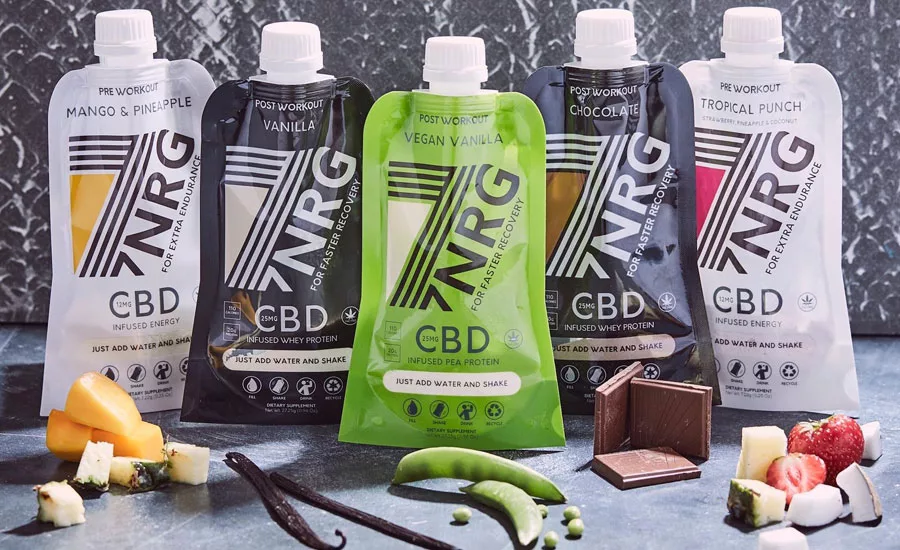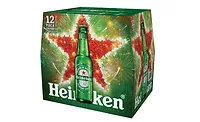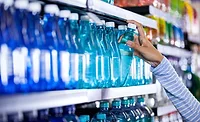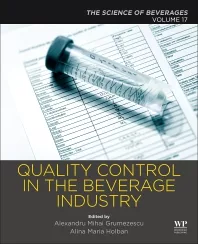Packaging Materials
Suppliers control what’s inside, outside of the package
New products features recyclable cartons, pouches

On the 1970s TV show “Schoolhouse Rock,” the jazzy, syncopated “Conjunction junction, what’s your function?” cleverly instructed kids on how words, phrases and clauses work together. Within the beverage industry, packaging suppliers also are seeking to deliver a balanced approach in terms of functional, reusable and recyclable attributes among aseptic cartons, pouches or bag-in-box (BIB) packaging.
Reducing a product’s carbon footprint is key. As today’s active consumers continue to seek better-for-you, clean-label beverage options, they want what the product is in to be as important as what’s inside the package.
Oftentimes specific categories of beverages, e.g., single-serving juices or sports drinks, are using a specific packaging type — like pouches, says Jennifer Mapes-Christ, consumer and commercial research manager for The Freedonia Group, Cleveland.
Additionally, single-serving alcohol drinks such as rosé and white wines and pre-mixed cocktails as well as versions that become slushies when they are frozen also are growth opportunities for pouches, Mapes-Christ says.
Yet, harkening back to school days when one could purchase a carton of white or chocolate milk, cartons are widely used for dairy milks, milk alternatives, creams and juices, she adds. “Iced coffee drinks and trendy cold-brew coffee beverages are also becoming available in cartons,” Mapes-Christ says.
Pedro Goncalves, operational marketing director U.S. and Canada at Tetra Pak, Denton, Texas, affirms that cartons have become the packaging of choice for a multitude of new products.
“Water brands are choosing cartons because they offer a more sustainable alternative to other types of packaging and that aligns with a large portion of their consumer base,” he says. “The nutritional beverage segment is quickly becoming synonymous with cartons as many new products are being rolled out in carton packaging. The portability and convenience of carton packaging has also meant that wine and ready-to-drink (RTD) cocktails in cartons are becoming increasingly popular.”
Yet, The Freedonia Group’s Mapes-Christ suggests that aseptic cartons are more niche and usage is heavily dependent on geography.
“Aseptic cartons have penetrated the wine and drinking water market to a limited extent, but these packages are still just niche options in those markets,” she explains. “Aseptic packaging is more widely used for dairy beverages outside the U.S., as there’s very limited interest in the U.S. market for unrefrigerated dairy milk at this point. The exception would be multipacks of single-serving milk for use in packed lunches or other on-the-go consumption.”
For Memphis-based Evergreen Packaging, however, refrigerated cartons utilizing its PlantCarton packaging are resonating in the retail environment because of the package’s renewability and sustainability story, says Katie Simmons, marketing director for Evergreen Packaging.
The company’s January whitepaper, “Sustainable Packaging Trends: How Millennials Will Change Packaging Forever,” highlights that millennials are poised to change many aspects of business now and in the future — including the packaging of the beverages they drink and foods they eat.
In Evergreen’s EcoFocus Worldwide 2019 US Trends Survey, millennials put a significantly higher priority on sustainability than previous generations. This demographic also will reward brands and businesses that understand how to align packaging with their eco-focus needs, the survey states.
Fitting a function
Package innovators continue to design new options, making it easier for health-conscious consumers to mix their favorite beverage without the need for powdered drink containers, shaker bottles or blenders. Lone Tree, Colo.-based Go Mix, in partnership with Viva5 Corp., launched a patent-pending, fully recyclable portable pouch with an agitator.
Ideal for athletes, soldiers and anyone desiring convenient, portable nutrition, the lightweight Go Mix pouch features dry powder and a mixing agitator inside the 10-, 12- and 16-ounce package. The consumer only has to add water, shake and consume, the company says.
Peter Messacar, director of business development at Scholle IPN, Northlake, Ill., explains that most beverage brands employ multiple packaging options.
“There are very few brands that only package in a single format. The smart brands are starting to realize that packaging fits a function within their brand portfolio.” Messacar says. “So you will see a wine brand produce a traditional glass bottle of wine for consumers who are looking for a gift or bottle to bring to a dinner with friends; a 1.5-liter bag-in-box for consumers who just want a single glass of wine each night or require more wine for a party; and smaller pouches as a way to allow their customers to sample a wider range of their wines to drive future growth.”
Since the 1950s, trends that drive brands to flexible packaging have not changed much, he adds. “It’s supply chain pressure on traditional rigid packaging like aluminum cans; size requirements for larger volume packages; changing consumer habits toward bulk purchasing; or consumer desire for healthier products that require packaging technology to enable its protection and delivery,” Messacar says.
A plastics pact
Fast forward to 2020 and eco-friendly packaging is paramount to protecting the planet. In fact, the U.S. Plastic Pact, a collaborative led by The Recycling Partnership and the World Wildlife Fund (WWF), was founded to advance all plastic packaging to become reusable, recyclable or compostable by 2025.
Highlighting that the world population is expected to increase to nearly 10 billion people by 2050, Tetra Pak’s Goncalves says the company will utilize its processing and packaging solutions to help make food safe and available everywhere. “It is part of our ambition to cultivate a mindset where we contribute more than we take,” he says. “T[1] etra Pak is committed to addressing challenges related to packaging waste and recycling in the U.S. We welcome approaches and models built on shared responsibility and look forward to learning more about the work and ambition of [the] U.S. Plastics Pact.”
Suppliers note that the raw materials used to create packages should reflect sustainability. “Over 70 percent of every PlantCarton package is made with a renewable resource, paper, made with trees grown in forests where responsible forestry practices are used,” Evergreen Packaging’s Simmons says. “About 55 percent of the energy used to make the paper in PlantCarton packaging comes from biomass.”
The move toward a circular economy — where packaging can be created, used and re-envisioned after use — is a focus of manufacturers, retailers and consumers alike. Consumers also should be educated on the benefits of flexible packaging, Scholle IPN’s Messacar says.
“Pouches and bag-in-box packaging consistently out-perform traditional rigid formats like glass and plastic bottles and metal cans. For example, a 1.5-liter bag-in-box (BIB) package has a process greenhouse gas reduction of 82 percent versus glass bottles. A 10-liter BIB package has 66 percent less post-consumer solid waste compared to the multiple PET bottles needed to package the same volume,” Messacar says. “Climate [2] change and carbon footprint are related and we’re working hard to reduce our customers’ carbon footprint through our lightweight, right-sized flexible packaging solutions.”
Since 2009 when Tetra Pak formed the Carton Council, access to carton recycling has grown more than 240 percent, Goncalves says. He points out that a rectangular carton’s lightweight quality and shape delivers efficiencies throughout the distribution chain. Cartons are designed for omni-channel brands in retail, convenience, food service, eCommerce, etc., he adds.
With no two brands the same and with an evolving economy and sales channels, providing customizable, flexible packaging options can promote sales and end-customer use. Scholle IPN’s Messacar highlights, “It really about flexibility in everything, not just the materials.”
Looking for a reprint of this article?
From high-res PDFs to custom plaques, order your copy today!





